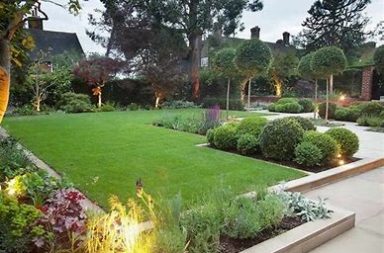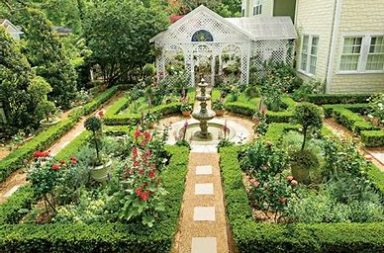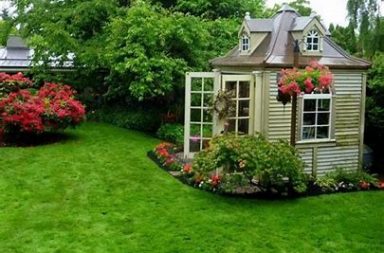Some tips on how to start with your own organic garden makes a great start for beginners. Below are some tips that will hopefully assist you into making better decisions and to start applying things to your garden properly. You need to work hard, so it is to your benefit to learn something from these tips.
Learn how to trim your plants. Not all plants require trimming, but if you notice unhealthy stems, trimming a plant can help you get rid of a disease or at least slow it down long enough for you to cure your plant. Do not cut too many stems and leaves: cut only the unhealthy parts.
For garden plants that crave and need a lot of water, use five gallon buckets to keep those thirsty fruits and vegetables happy. Simply drill or punch several 1/8″ to 1/4″ holes into the bottom of a five gallon bucket, fill with water and set near the parched plant. Gravity allows for a slow and steady watering of those plants and if you live in an area where you get frequent rain, you will be capturing plenty of rain water to keep those buckets fairly full all season long.
If you are looking to secure your garden from pests, you need to have some ladybugs around. The ladybugs will protect your garden from harmful pests and will not do any damage to any of your plants; it is a completely beneficial relationship for both you and the ladybug.
If you are going to be doing a lot of work in your garden very close to the ground, such as weeding or planting, use a garden stool or pad to protect your knees. This will make it easier to get back up again and move once you finish, and will also reduce bruising on your knees.
Carefully plan your garden first. This helps you remember where each plant was planted before they begin to sprout. With a plan, you will also be less likely to lose track of small groups or individual plants within a large and ambitious garden.
Make sure your plants are always evenly spaced by turning your rake or shovel handle in to a measuring stick. Simply lay a yardstick next to your shovel and copy the markings to the handle with a permanent marker. The next time you’re ready to put in new plants all you’ll need is your shovel.
As you plan your garden this year, change the layout so that it’s different from where the various plants were located last year. For example, place your tomatoes in the part of the garden where the corn grew last season. This rotation of crops will help keep your soil from becoming depleted of the nutrients needed by each type of vegetable.
These tips should have given you some much needed insight on where to start and how to begin growing your own personal organic garden. These tips were thoughtfully compiled to help the new organic gardener learn the basics and some other cool techniques that are simple enough to use for their garden.


